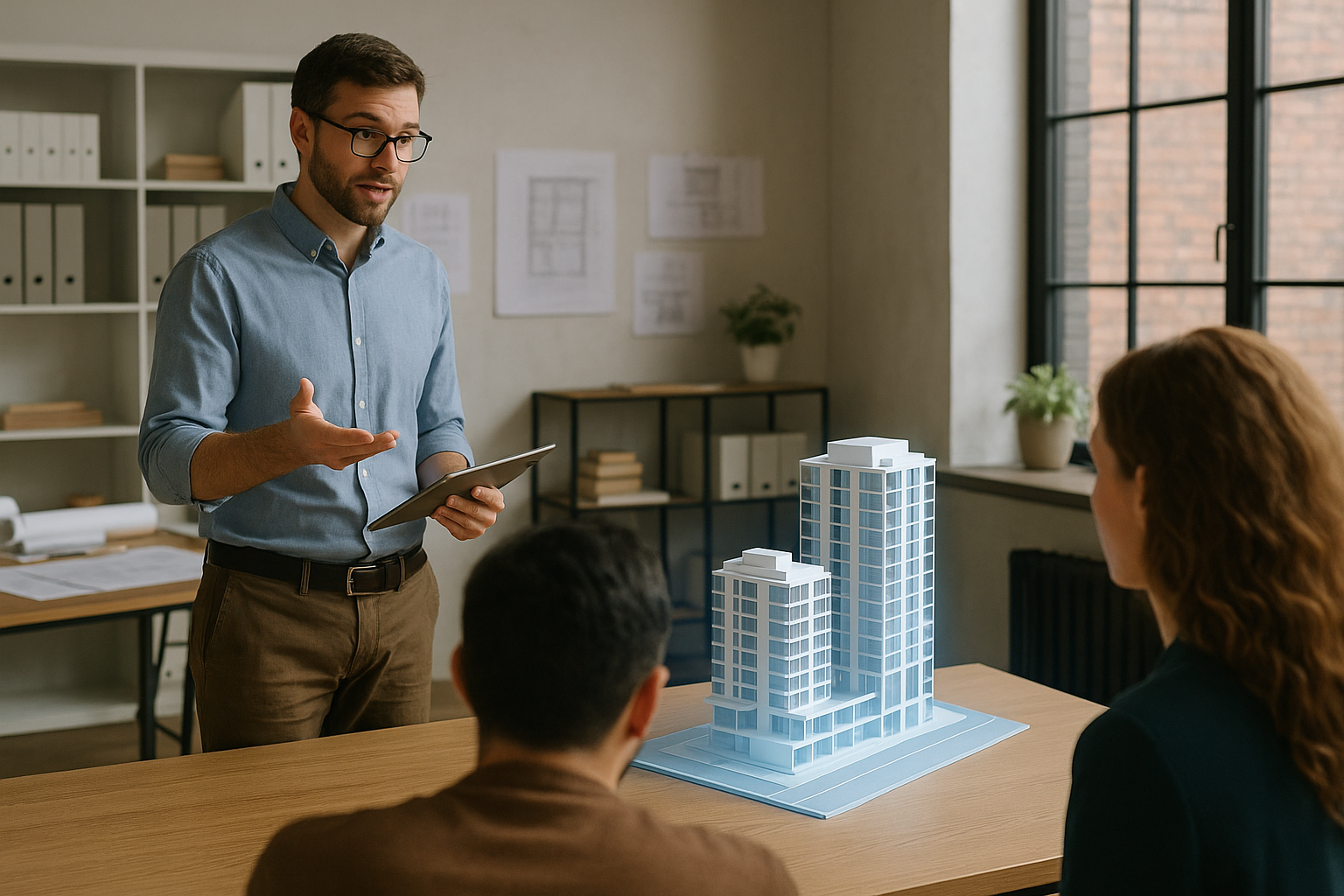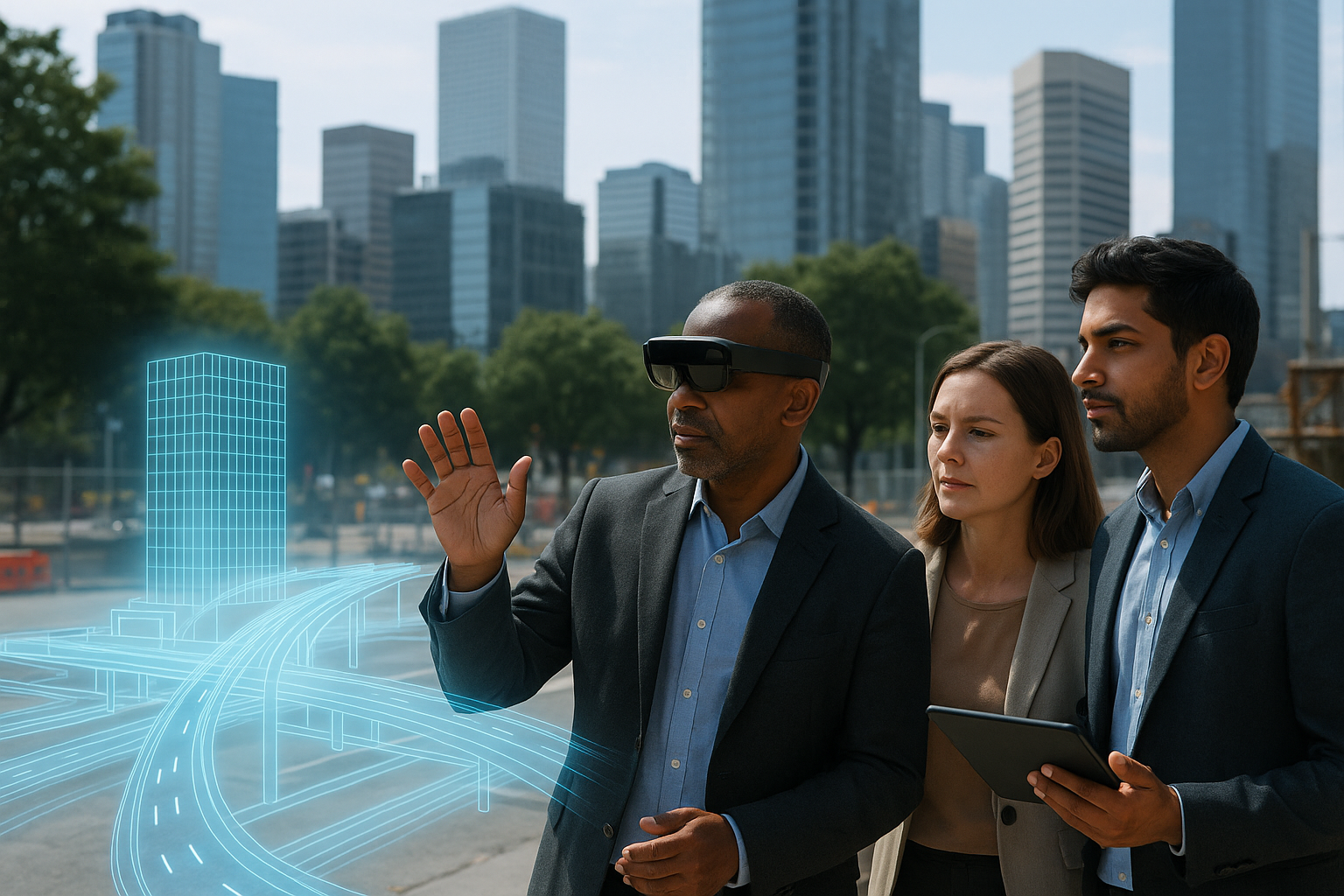In the past, interior design relied heavily on sketches, physical mood boards, and static 3D renders to communicate ideas to clients. While these tools offered glimpses of the final result, they often left room for interpretation, misunderstanding, and costly revisions. Today, AR interior visualization is changing the game by offering real-time, immersive previews that bring design concepts to life before a single piece of furniture is ordered or a wall is painted.
This shift is not only improving communication between designers and clients—it’s also making the process faster, more accurate, and more sustainable.
What Is AR Interior Visualization?
AR interior visualization involves using augmented reality technology to overlay virtual design elements onto real spaces. With a tablet, smartphone, or AR glasses, clients can see how furniture, lighting, wall colors, and décor will look in their actual environment, allowing for immediate feedback and adjustments.
Unlike traditional renderings, AR provides a sense of scale, proportion, and interaction with the real space—bridging the gap between imagination and reality.
Why AR Interior Visualization Matters
1. Real-Time Decision-Making
One of the greatest advantages of AR is instant decision-making. Clients can stand in their empty living room and toggle between different layouts, wall finishes, or lighting fixtures in seconds. This not only accelerates the design process but also boosts confidence in final selections.
2. Enhanced Client Engagement
Clients are no longer passive recipients of design proposals—they become active participants. With AR interior visualization, they can interact with the design, explore alternatives, and understand the impact of each decision before it’s executed.
3. Reducing Costly Errors
By visualizing designs in their actual space, clients and designers can spot issues early—whether it’s a sofa that blocks a doorway or a color that clashes with natural lighting. This leads to fewer returns, less waste, and greater satisfaction.
How AR Improves Sustainability in Interior Design
Beyond aesthetics, AR plays a role in eco-friendly design by reducing the need for physical samples and mockups. This not only cuts material waste but also reduces shipping and manufacturing impacts.
For example, instead of ordering multiple tile samples, designers can use AR to display high-resolution, true-to-scale textures in the client’s space. The result is a quicker decision with fewer resources consumed.
Case Study: Modern Loft Redesign
In a loft redesign project in Chicago, the design team used AR to present two distinct style options to the client—one minimalist, one industrial chic. The client was able to walk through each option, view the placement of furniture, and even adjust color schemes on the spot. The project moved from concept to approval in just one week, saving both time and budget.
The Role of AUGmentecture in AR Interior Visualization
AUGmentecture simplifies the integration of AR into interior design workflows. With its easy-to-use platform, designers can:
- Upload 3D models directly from SketchUp, Rhino, or Revit
- Place models in real-world environments using markerless AR
- Share interactive designs with clients without requiring special hardware
- Switch between design variations instantly during presentations
These capabilities make AR interior visualization an accessible, everyday tool rather than a specialized gimmick.
Read more about design innovations in Interior Design Magazine →
Future Outlook: AR + AI in Interior Design
The future of AR interior visualization lies in combining it with AI to deliver intelligent recommendations. Imagine scanning your living room and receiving instant suggestions for eco-friendly furniture arrangements, energy-efficient lighting layouts, and biophilic design enhancements—all customized to your space.
Conclusion
AR interior visualization is transforming how designers work and how clients experience design. By making the process more interactive, accurate, and sustainable, AR is ensuring that every design decision is both beautiful and practical.
With tools like AUGmentecture, the future of interior design is no longer on paper—it’s right in front of you, in full scale, before you commit to a single purchase.




